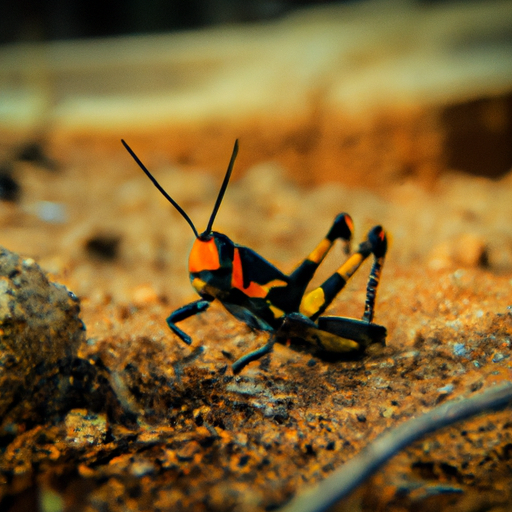 Introduction:
Introduction:
Nature is a treasure trove of diversity, with animals showcasing a myriad of unique adaptations that enable them to survive and thrive in various environments. From the wings of birds to the camouflage of chameleons, this article delves into the fascinating world of animal bodies and explores the astounding ways in which their physical attributes aid them in navigating their surroundings, securing food, communicating, defending against threats, and reproducing.
1. Locomotion:
One of the most crucial aspects of animal survival is locomotion. Animals have developed an array of body structures and mechanisms to move efficiently based on their habitats. Terrestrial animals, such as cheetahs, have evolved lightweight yet powerful musculature, elongated limbs, and a flexible spine to achieve exceptional speed. Similarly, arboreal creatures, like monkeys, possess grasping hands, prehensile tails, and strong hind limbs to leap and swing effortlessly through trees. Marine animals, such as dolphins, have streamlined bodies, fin-like appendages, and a powerful tail to glide through the water with minimal resistance.
2. Feeding and Digestion:
Animals have evolved specialized feeding adaptations to obtain and process their food sources effectively. Herbivores, like cows and horses, possess complex digestive systems, including a multi-chambered stomach, to extract nutrients from fibrous plant material. Meanwhile, carnivores, such as lions and tigers, have sharp teeth, strong jaws, and claws to capture, kill, and consume prey. Insects, like bees, have evolved long proboscises to reach nectar deep within flowers, while birds, like woodpeckers, feature specially adapted beaks to extract insects from tree bark.
3. Sensory Perception:
Animals rely on their senses to perceive and interpret their environment accurately. While humans primarily rely on sight and hearing, animals have developed a range of specialized senses to suit their needs. Bats, for instance, utilize echolocation, emitting high-frequency sounds and interpreting the echoes to navigate and locate prey. Many aquatic animals, like sharks, possess an acute sense of electroreception, enabling them to detect the electrical fields produced by nearby organisms. The sensitive whiskers of cats allow them to navigate in low-light conditions and detect subtle air movements.
4. Camouflage and Defense:
Countless animals have evolved remarkable camouflage techniques to blend seamlessly into their surroundings, enabling them to evade predators or ambush prey. Chameleons are renowned for their ability to change color, allowing them to match their environment or display vibrant hues for communication purposes. Other animals, such as leaf insects, resemble leaves or twigs, effectively disappearing in plain sight. Additionally, animals employ various defense mechanisms like venomous bites, stinging cells, sharp spines, or foul-tasting secretions to deter predators and ensure their survival.
5. Reproduction and Courtship:
The success of any species hinges on successful reproduction, leading to the development of intricate courtship rituals and reproductive adaptations. Peacocks display their vibrant tail feathers to attract mates, demonstrating their genetic fitness through such displays. Male birds, like bowerbirds, construct elaborate structures and decorate them with colorful objects to woo potential partners. In the underwater realm, male seahorses carry fertilized eggs in a pouch until they hatch, ensuring the survival of their offspring.
Conclusion:
Animals have evolved an astonishing array of adaptations that enable them to survive, thrive, and reproduce in their respective habitats. From locomotion and feeding to sensory perception, camouflage, defense, and reproduction, each species showcases unique and remarkable traits. Studying these adaptations not only helps us appreciate the diversity of life but also provides insights into the complex interplay between organisms and their environments. The intricacies of animal bodies continue to inspire awe and deepen our understanding of the complexity and beauty of the natural world.
